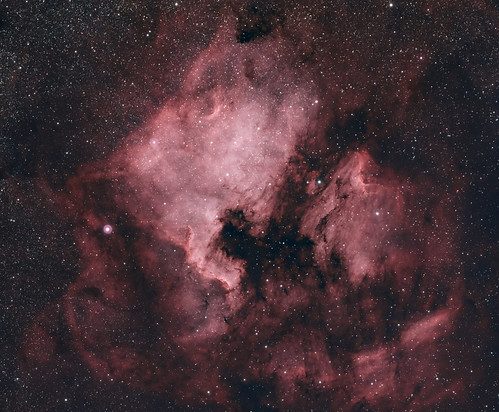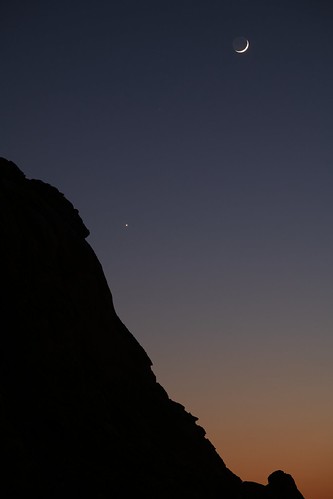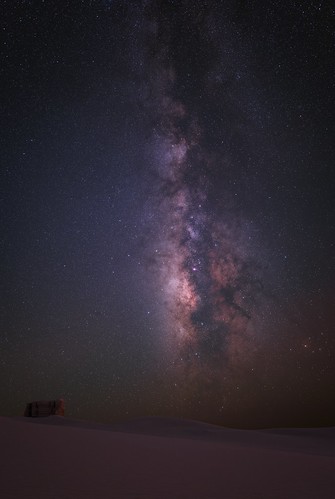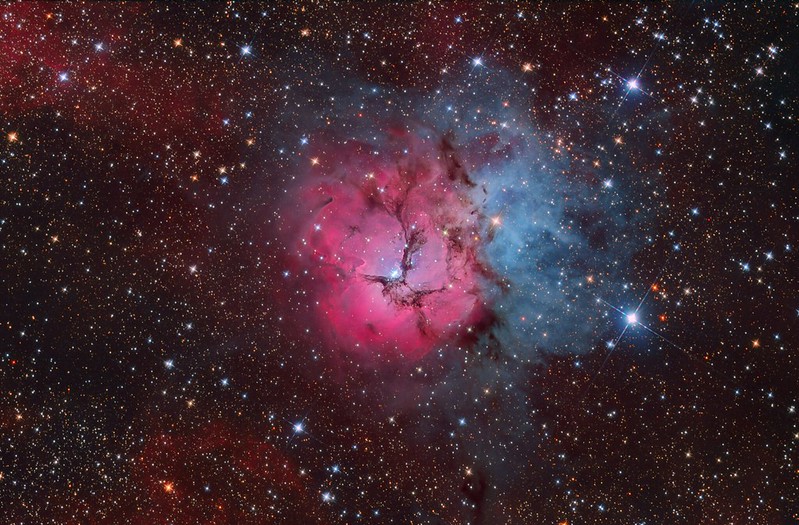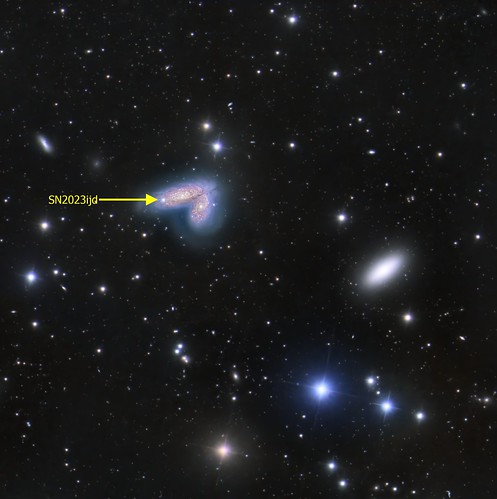Celestial Wavelength
Location - Death Valley California USA
Credit - Roi Levi
Date - April 2023 new moon
My Latest Work Of Capturing Our Cosmos, i shot this panorama in Death Valley National Park
During my USA tour in April, I led New Moon deep space workshops for astrophotography enthusiasts in Death Valley National Park with my partner@Jay Anne Boza California. In between these workshops, I decided to explore new locations with dark skies and search for unique mud cracks.
A friend named Ralf Rohner tipped me off about finding mud cracks on the side of the road near the dunes. He provided me with coordinates and encouraged me to explore the area without specifying a particular spot.
As I reached the side of the road, I noticed a mountain in front with water cascading down its slopes. On the opposite side of the road, the terrain sloped downhill. My imagination sparked, envisioning water drainage lines that might lead to intriguing formations such as hoodoos, mushrooms, or mud cracks. In the desert, following water trails often reveals captivating wonders.
Trusting my instincts and experience, I set out on foot to find the elusive mud cracks. As daylight started to fade, I walked for about 35 minutes without any sign of them. However, just before darkness engulfed the surroundings, I stumbled upon them. That night, the skies were adorned with a stunning display of red and green airglow, casting a mesmerizing glow on the LCD screen.
To capture this extraordinary scene, I employed a tracked panorama blend technique using the following gear and sponsored equipment:
Tripod: Sunwayfoto
Rotator: Silence Corner Atoll
Filter: Optolong L Extreme
Control: Pro Timer
Focusing system: Focus on star filter
Tracker: iOptron SkyGuider Pro
Camera: Canon EOS RA
Lens: Sigma Art 28mm F1.4
The EXIF data for the tracked sky frames were as follows:
1 row, 6 panels, each exposed for 90 seconds at ISO 800
6 panels using Optolong L Extreme, each exposed for 90 seconds at ISO 1600
For the foreground, I utilized an untracked technique and focus-stacked the images. The EXIF data for the foreground shots were as follows:
3 rows focus stack, with 3 frames per panel
Each panel in the 6 rows was exposed at F11 and ISO 100 during the serene blue hour
You can explore more of my astrophotography on Instagram
https://www.instagram.com/astroi_levi/?hl=en
visit our website
www.deepspaceworkshops.com.
I hope you enjoyed reading about my adventure and my astrophotography setup!
Clear Skies
